What is the AC Joint?
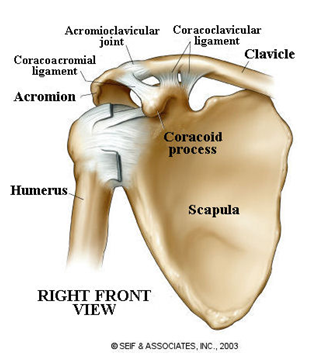 The Acromioclavicular (“AC”) Joint is where the furthest end of the collar bone (clavicle) meets the upper, far end of the shoulder blade at the bony process (acromion).
The Acromioclavicular (“AC”) Joint is where the furthest end of the collar bone (clavicle) meets the upper, far end of the shoulder blade at the bony process (acromion).
You can find a picture on the right. As you can see, the AC is the highest point of the shoulder and forms a ‘socket’.
The ‘ball’ of the upper arm bone (humerus) completes the shoulder joint.
This article will explain how an injury to this part of the body can occur, the different grades of injury, symptoms, treatment and prevention.
How does injury occur?
This AC Joint is quite susceptible to injuries during rugby including dislocation and separation or sprain. A separation generally occurs after a trauma; either after a direct blow to the area, a hand off or after falling on an outstretched arm. However, I have also attended a spectator who was in the wrong place at the wrong time, where and when he was faced with the combined weight of nearly 40 stones falling upon him.
I suppose if you must stand close to the action, the least you can do is move when you see a forward, with the sole intent of taking another out, charging your way. Not that I think he would divert if the message from his eyes had travelled to the brain quickly enough but I guess at that speed with that weight, agility is not that hot and stopping distance too great!
Types of shoulder separation
Not all separations are the same and using the Rockwood Scale they are graded from 1 to 6 according to the severity of ligament damage and distance between the bones:
Grade 1 – Pain from injury surrounding the AC Joint but the bones are still in position.
Grade 2 – As well as the above, damage to the AC Joint capsule and the AC superior ligament is partially torn. There may also be a visible lump in the area.
Grade 3 – Both the AC ligament and the Coracoclavicular (“CC”) ligament(s) are ruptured. There is definite separation and a large lump is probably seen above the area. The deltoid and trapezius will be detached.
Grade 4* – This is when the clavicle ends up behind the AC Joint, puncturing the trapezius. The deltoid and trapezius will be detached.
Grade 5 – Very similar to a Grade 3 but with greater separation; the end of the clavicle will have punctured the muscle above. The deltoid and trapezius will be detached.
Grade 6* – The clavicle is forced downward, rather than upwards and is ‘hooked’ under the coracoid process, behind the tendons of the biceps and coracobrachialis.
*Grade 4 is uncommon and Grade 6 is quite rare.
Symptoms
• Pain and tenderness at the outer end of the collar bone, often with inflammation.
• When the initial injury settles down, pain is very local to the joint and does not radiate.
• Pain increases with movement; especially when raising the arm high.
As it can be difficult to distinguish AC injuries from other shoulder injuries such as a fractured collar bone, shoulder dislocations, fracture to the upper arm etc it is always advisable to seek medical attention. Delay in seeking medical attention for more severe separations may also require surgery
Treatment
First point of treatment is ice. Apply to the area [not directly on the skin] for 20 minutes every two hours. More and more clubs are purchasing a cryocuff system to loan out to injured players. It eases pain in injured areas significantly and also provides compression.
Taping is extremely effective in realigning and supporting the structure and a sling will help to rest the joint, although mobilising the arm regularly is very important.
Less severe injuries recover quite quickly; 1 – 2 weeks for Grade 1 injuries and 2 – 4 weeks for Grade 2 injuries with return to sport in six or so weeks. Players may find confidence in wearing shoulder supports for a while.
There are many exercises to rehabilitate the area, including bending forward and allowing the arm to hang; gently swinging it like a pendulum. However, I find the issue is not with the exercise but the way the exercise is performed. To properly rehabilitate any injury it is vitally important that the correct muscles are worked. Kevin Yates puts it very well below.
Prevention
I am afraid there is very little that can be done to prevent this kind of injury in rugby. Strengthening the muscles and learning how to stabilise the shoulder will help to some extent.








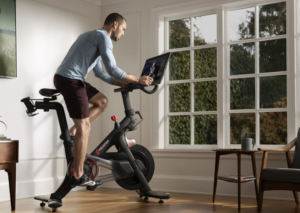 When most people hear the word “Peloton” they think of an expensive black bike with shiny red buttons and that controversial commercial where the husband gifted his wife a Peloton for Christmas.
When most people hear the word “Peloton” they think of an expensive black bike with shiny red buttons and that controversial commercial where the husband gifted his wife a Peloton for Christmas.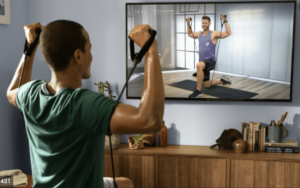 If the app interests you, Peloton is currently offering a 30 day FREE TRIAL, so why not give it a try? Check it out
If the app interests you, Peloton is currently offering a 30 day FREE TRIAL, so why not give it a try? Check it out 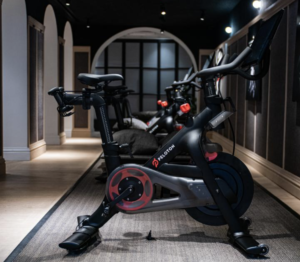
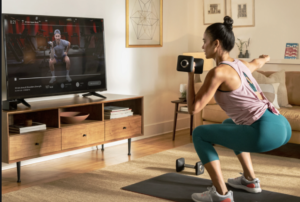
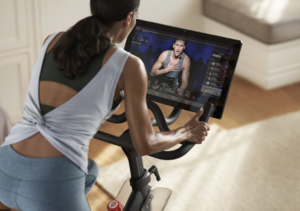 This article would not be complete, however, if we did not acknowledge some of the delivery issues that have been plaguing Peloton over the last year. Most of the delivery issues seem to affect U.S. deliveries, however, the UK deliveries have been affected as well.
This article would not be complete, however, if we did not acknowledge some of the delivery issues that have been plaguing Peloton over the last year. Most of the delivery issues seem to affect U.S. deliveries, however, the UK deliveries have been affected as well.







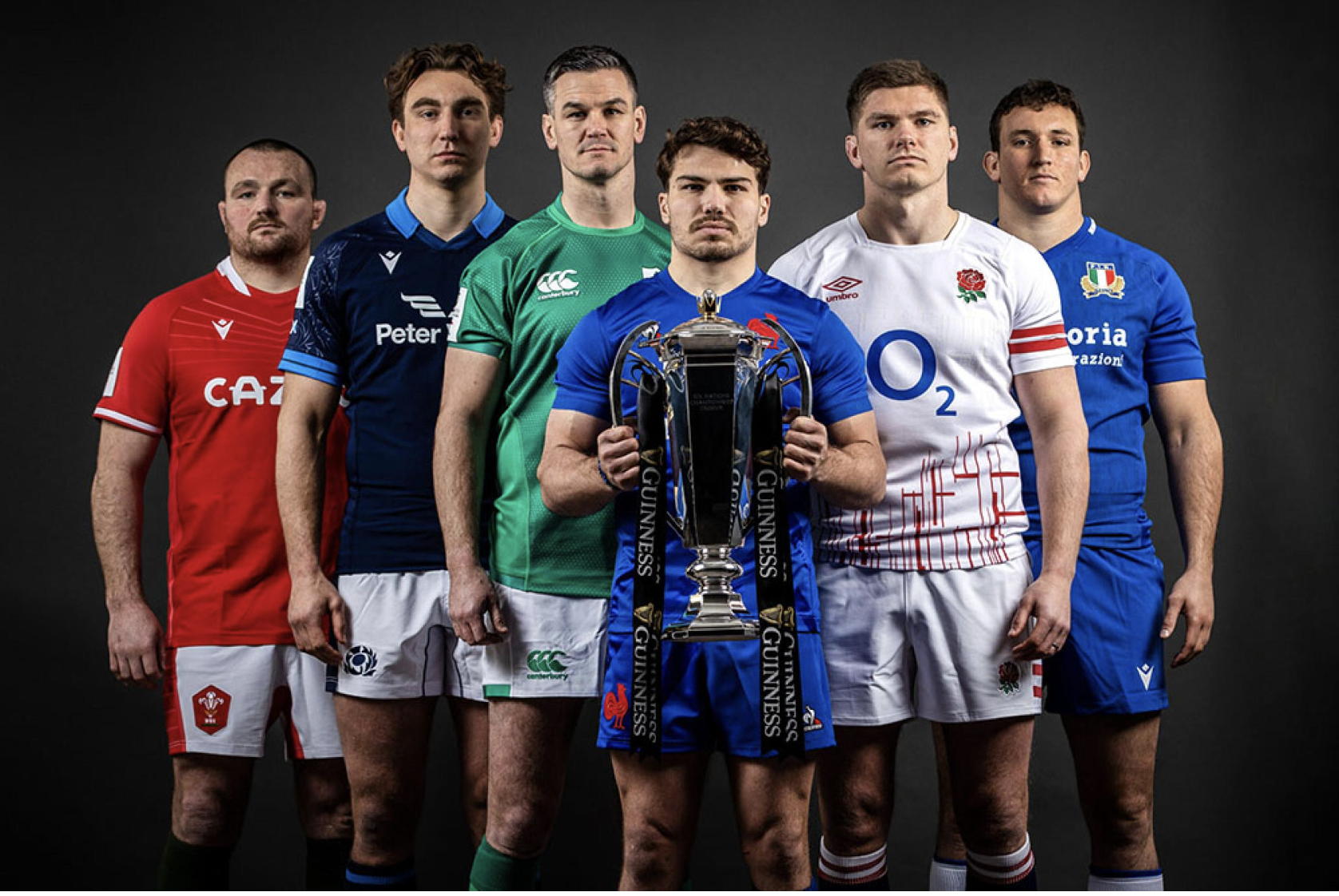
1 Comment to AC Joint Shoulder Injuries